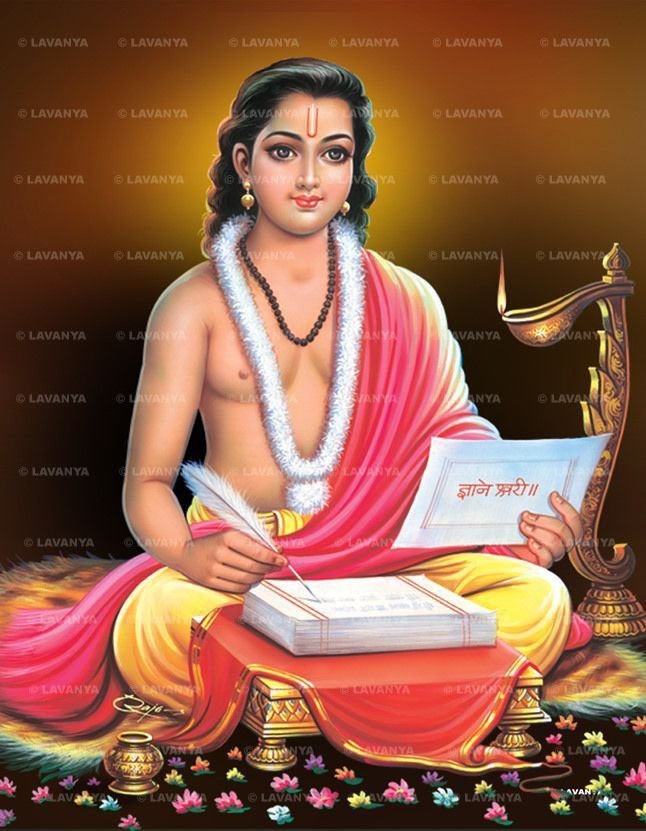Daksha Smriti
Daksha Smriti

The Dakṣa Smriti, attributed to Sage Dakṣa Prajāpati, is one of the traditional 18 Dharma Smritis and is often considered one of the older texts in the Dharmaśāstra tradition. Compared to Manu Smriti or Yājñavalkya Smriti, it is much shorter and more concise, containing around 900 verses in different recensions. Its primary focus is on conduct, duties, and penances, rather than on detailed legal and judicial procedures. Because of this, it is sometimes called more of a manual for personal and social dharma than a comprehensive law book.
The content of Dakṣa Smriti deals with topics such as daily duties (nitya karma), purification rituals, conduct of householders, marriage, duties of the four varnas, rules for women, inheritance laws, funeral rites, and especially prāyaścitta (penances for sins). In fact, the text is best known for its elaborate treatment of expiations, providing detailed rules for atonement of sins—both intentional and accidental. It describes how different types of misconduct, including violations of caste rules, eating forbidden foods, or committing violence, could be purified through fasting, recitation of mantras, pilgrimages, or ritual acts of charity. This strong emphasis on penance made Dakṣa Smriti particularly popular among priests and householders who sought practical guidance on religious purification.
In terms of significance, the Dakṣa Smriti was frequently quoted by medieval commentators and digest-writers (Nibandhas), especially in discussions on śauca (purity), ācāra (conduct), and prāyaścitta (penance). Though it did not become the primary legal authority in courts like Yājñavalkya or Nārada Smriti, it was widely respected in matters of ritual law and domestic observances. Its verses reflect a worldview rooted in discipline, devotion, and social order, echoing the idea that dharma was not only about law but also about spiritual purity and harmony in daily life.
Today, the Dakṣa Smriti survives in different versions, some shorter and some expanded, but all focusing heavily on ritual conduct and expiations. It is studied as a representative of the earlier style of Dharmaśāstras, where emphasis was placed on religious discipline, purity, and atonement rather than on secular law. For this reason, it remains an important text for understanding how Hindu dharma was practiced in the household and religious life of ancient and medieval India.




















































